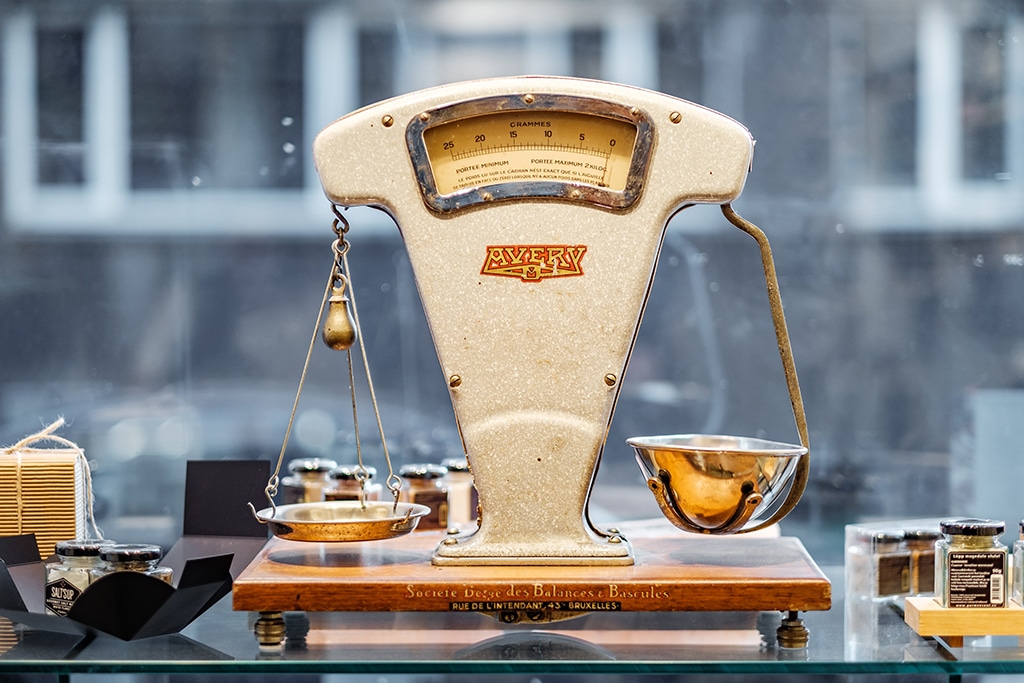Good Suggestions For Choosing Forex Backtesting
To Verify The Robustness Of Your Plan, Why Not Backtest It With Different Time Frames?The process of backtesting a strategy for trading across various time frames is vital to assess the reliability of the strategy. Because different timeframes might have different opinions on market patterns and price fluctuations, it is important that you backtest the strategy on several timeframes. Backtesting strategies on different timeframes can help traders gain a better understanding of how they perform under various market conditions. This will allow them to evaluate if their strategy is reliable and consistent across time periods. A strategy that is successful in a daily environment may not do as well in a longer timeframe that is, for instance, weekly or monthly. Testing strategies on weekly and daily basis allows traders to identify any inconsistencies and make adjustments according to the need. Backtesting on multiple timeframes has the advantage of helping traders find the most appropriate timeframe for their particular strategy. Backtesting with different timeframes could be beneficial to traders with different habits of trading. This lets them determine the best time frame for their particular strategy. Backtesting with multiple timeframes provides traders with a better comprehension of the strategy's performance and allows them to make more informed decisions regarding consistency and reliability. Take a look at the top cryptocurrency automated trading for site tips including forex tester, free crypto trading bot, most profitable crypto trading strategy, automated trading, algo trading, free crypto trading bots, algo trade, forex backtesting, backtesting platform, best crypto trading bot and more.

Why Do We Need To Backtest Multiple Timeframes To Speed Up Computation?
It's not faster to backtest multiple timeframes, but it's just as easy to test only one timeframe. Backtesting multiple timeframes is essential to ensure the reliability of the strategy. It is also helpful to make sure that the strategy is consistent under various market conditions. Backtesting multiple timeframes requires that you test the same strategy on different timesframes, like weekly, daily or monthly. Then you examine the results. This lets traders get a more complete view of the strategy's performance. It also helps identify weak points and inconsistent results. Backtesting with multiple timeframes may add complexity or time requirements. It is essential that traders weigh the pros and cons of the potential advantages and the added computational and time requirements of backtesting. Backtesting with multiple timelines may not be faster for computation. However, it is a useful tool to verify the credibility of a plan and to ensure that it is consistent with markets. Backtesting multiple timesframes is a decision that traders must weigh the potential benefits and the extra computational time and the complexity. Have a look at the most popular how to backtest a trading strategy for site advice including best crypto indicators, most profitable crypto trading strategy, backtester, automated software trading, automated software trading, backtesting strategies, divergence trading, stop loss meaning, position sizing, how does trading bots work and more.

What Backtest Considerations Are There Regarding Strategy Type, Elements And The Number Of Trades
It is crucial to take into consideration the following factors when back-testing trading strategies. These factors can affect the outcomes of the process of backtesting and must be considered when assessing the performance of the strategy.Strategy Type- Different types of trading strategies, such as mean-reversion, trend-following and breakout strategies each have distinct assumptions and behavior on the market. It is essential to be aware of the type and the kind of strategy being backtested.
Strategy Elements - The various elements of a strategic plan, such as the size of a position as well as entry and exit rules, and risk management, all have an important influence on the results from backtesting. It is vital to analyze the strategy's performance and make any necessary adjustments in order to ensure that the strategy is robust and reliable.
Quantity of Trades- The quantity of backtesting trades can also have an impact on the outcome. A high number of trades will provide a better overview of the strategy's effectiveness, but can also increase the computational requirements of the backtesting procedure. A smaller number may enable faster backtesting, but will not provide a full analysis of the strategy's performance.
For a final conclusion the backtesting process, it will require you to consider the strategy type, strategy elements, as well as the number of trades. This will ensure accuracy and reliability of results. When taking these aspects into consideration, traders will be able to better assess the performance of the strategy, and make informed decisions about its robustness and reliability. Follow the best cryptocurrency trading for blog tips including cryptocurrency trading bots, trade indicators, algo trading, forex backtesting, backtesting platform, best free crypto trading bots, divergence trading, crypto bot for beginners, crypto trading strategy, algorithmic trading strategies and more.

What Are The Criteria For Passing For The Equity Curve, Performance And The Number Of Trades?
The most important criteria that traders employ to assess the effectiveness and performance of a trading plan by backtesting is the equity curve, performance indicators, and the number of transactions. The criteria include the equity curve, performance metrics, and the number of trades.Equity Curve - The equity curve is a graph that demonstrates the development of an account in trading over the course of. It's an important indicator of a trader's performance since it provides insight into the general trend. If the equity curve exhibits constant growth over time, and minimal drawdowns then a strategy may meet this criteria.
Performance Metrics- When assessing the effectiveness of a trading plan, traders might also consider different metrics other than the equity curve. The most frequently utilized metrics include the profit factor (or Sharpe ratio) and maximum drawdown. average trading duration, and maximum drawdown. The criteria for this can be met if the strategy's performance metrics are within acceptable limits and show steady and reliable performance over the backtesting time.
The number of tradesThe amount of trades completed during the process of backtesting can be a significant factor when evaluating the performance of the strategy. This is a criterion that can be satisfied if a strategy generates enough trades over the backtesting phase. This will give more insight into the strategy’s performance. You should remember, however that a significant number of trades does not necessarily indicate that the strategy is effective. Other factors such as the quality of the trades must be considered as well.
In conclusion, backtesting can be used to assess the effectiveness of a trading system. It is essential to consider the equity curve, performance indicators as well as the volume of trades so that to make an educated decision regarding the strength and reliability of the strategy. Utilizing these metrics, traders can better assess the performance of their strategies, and make necessary changes to improve their performance.